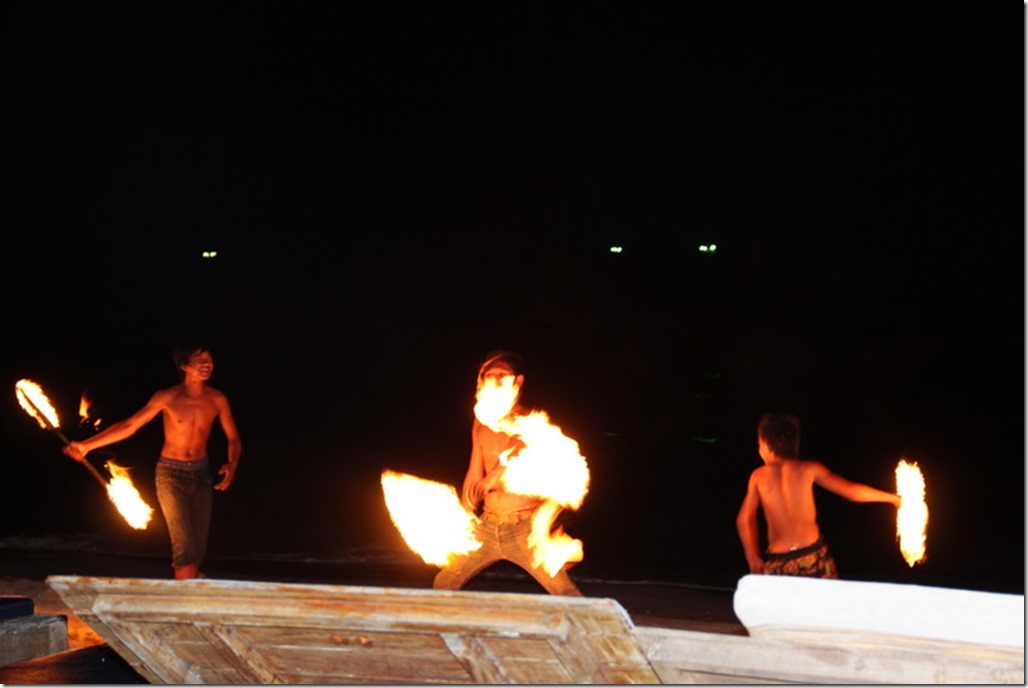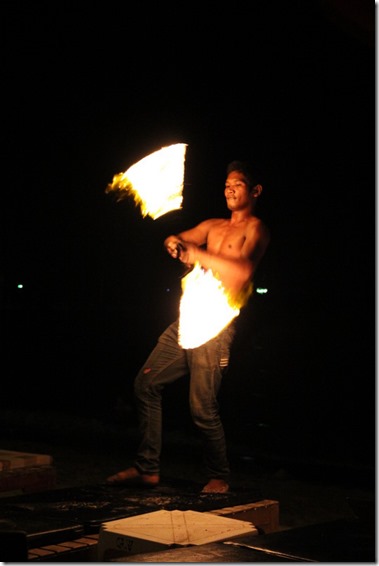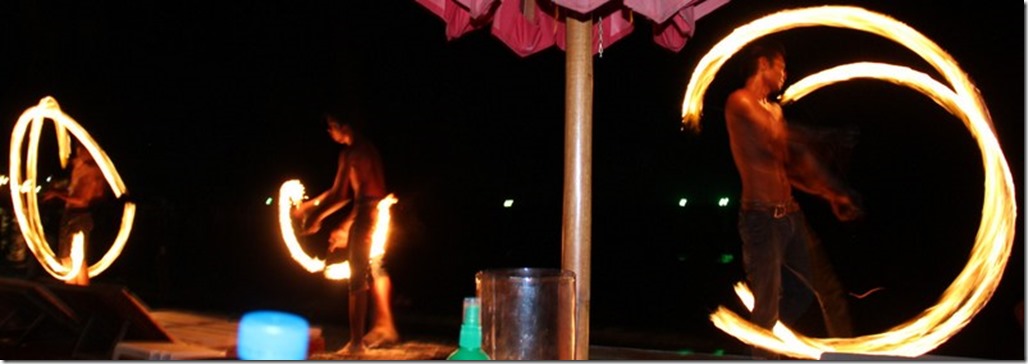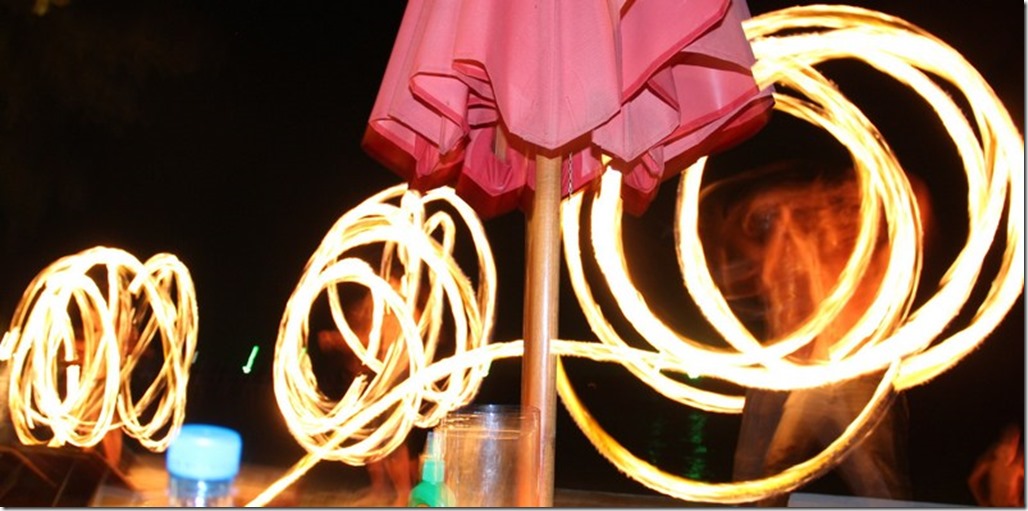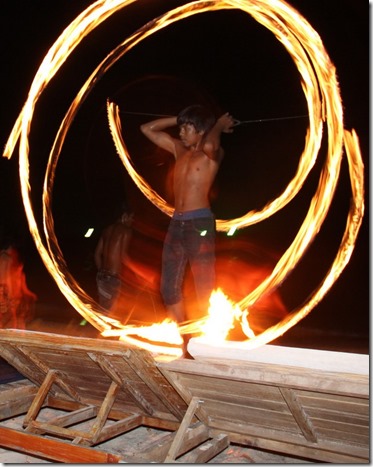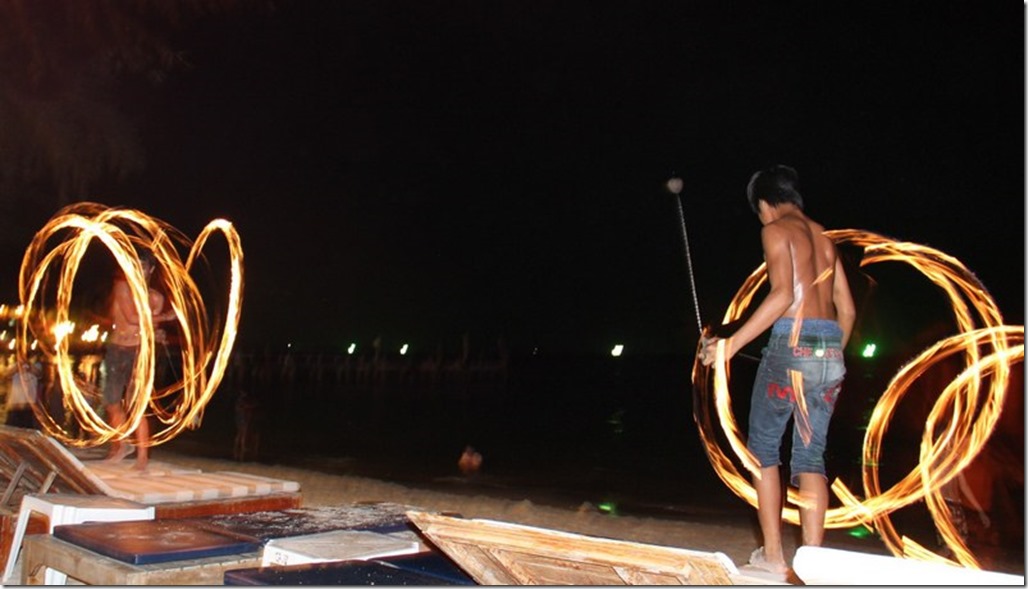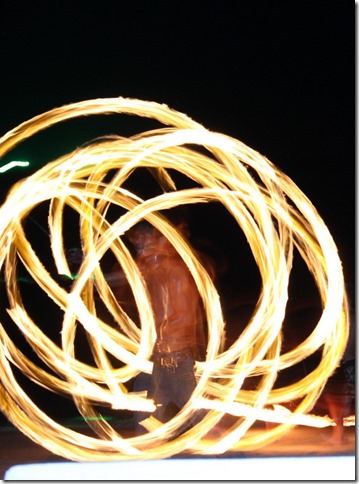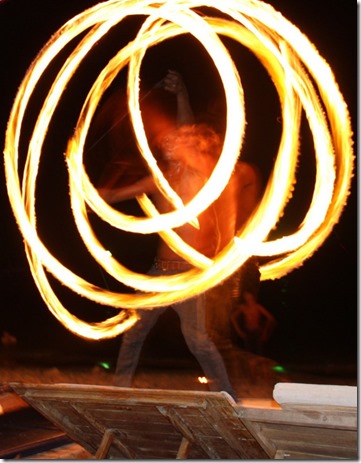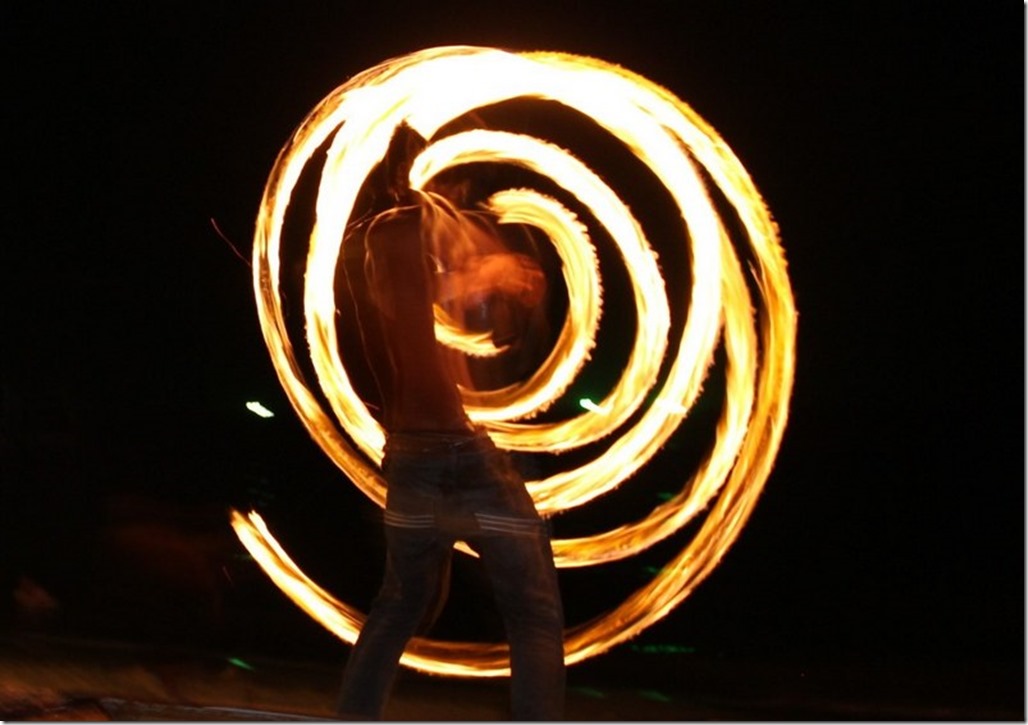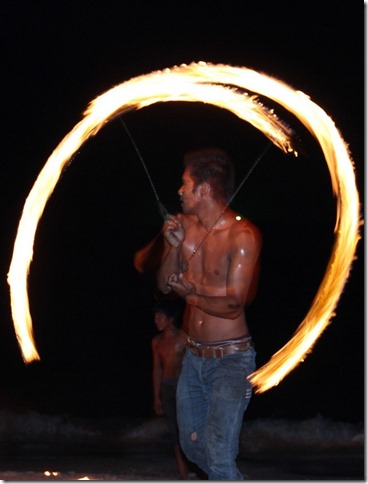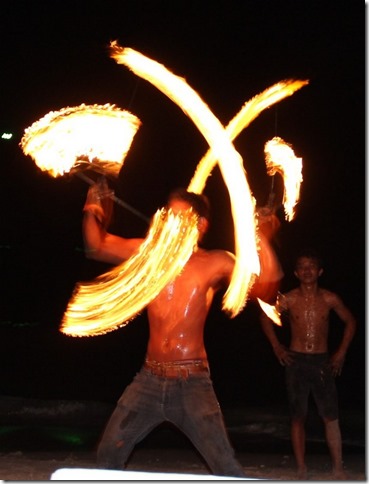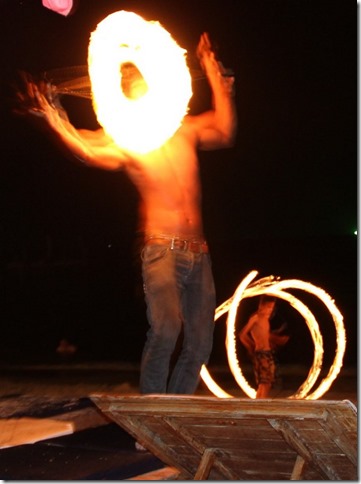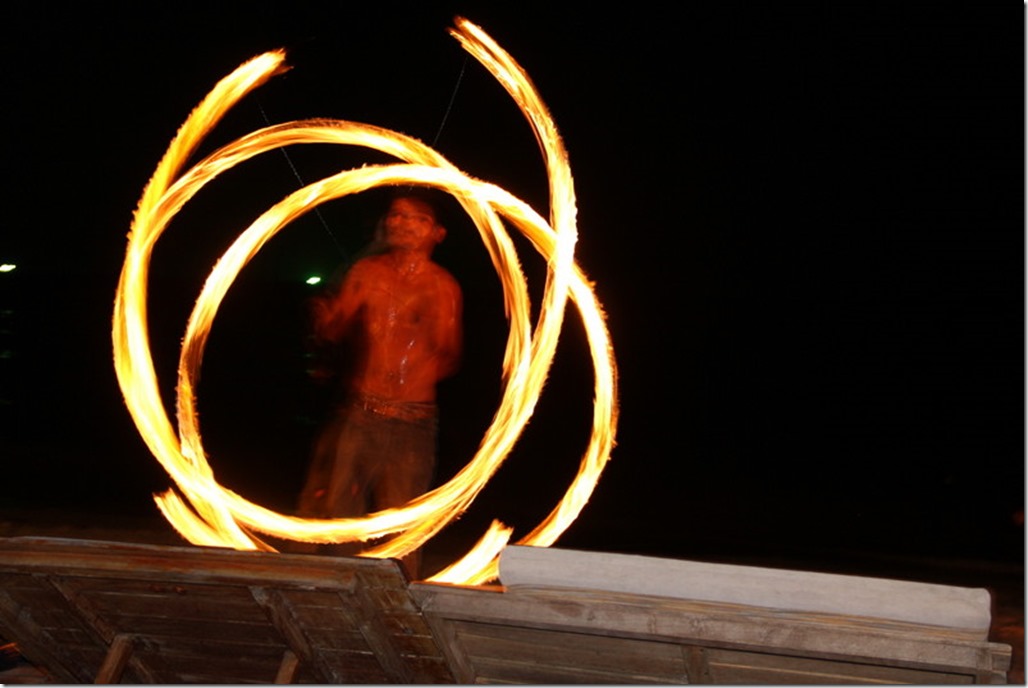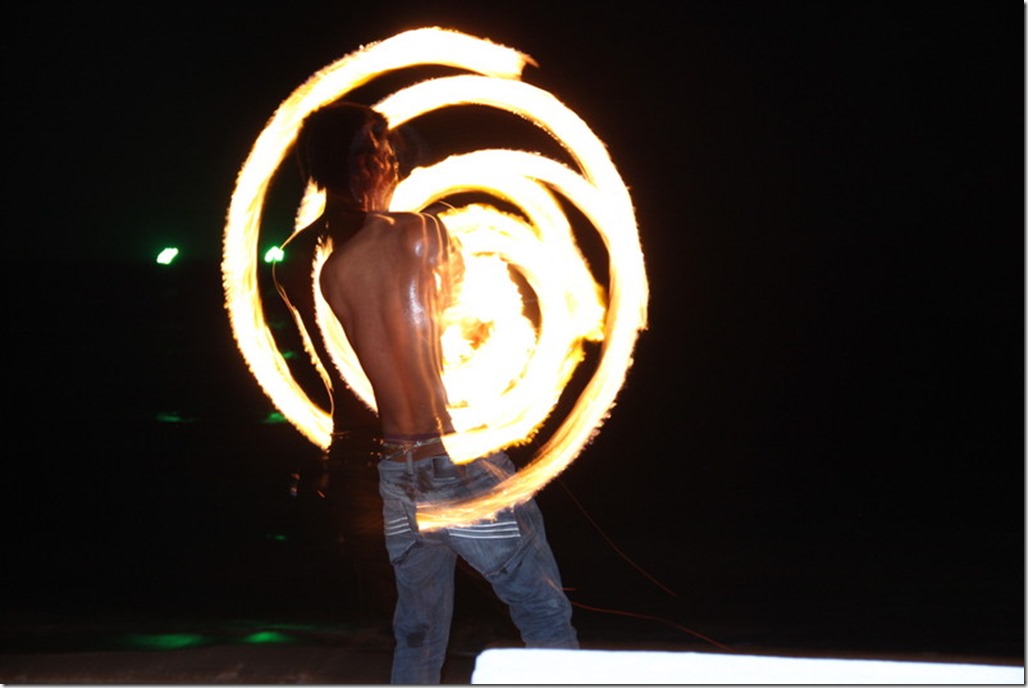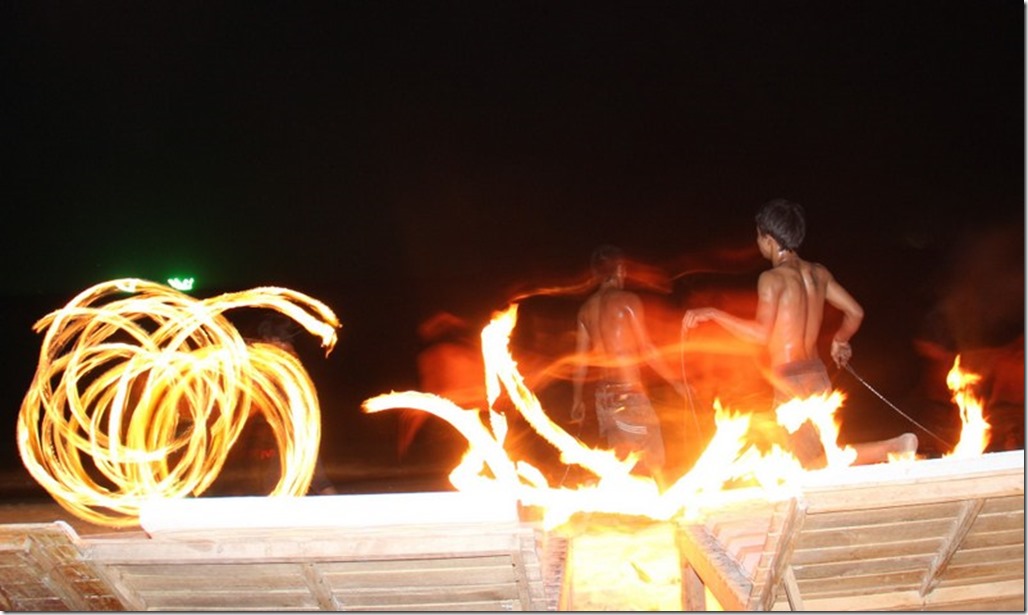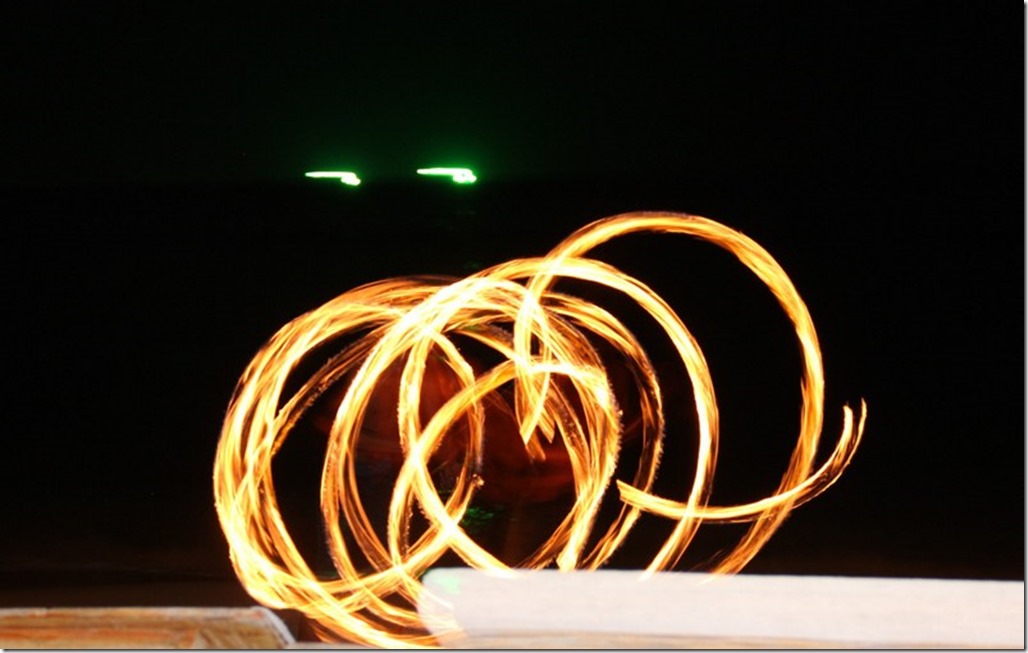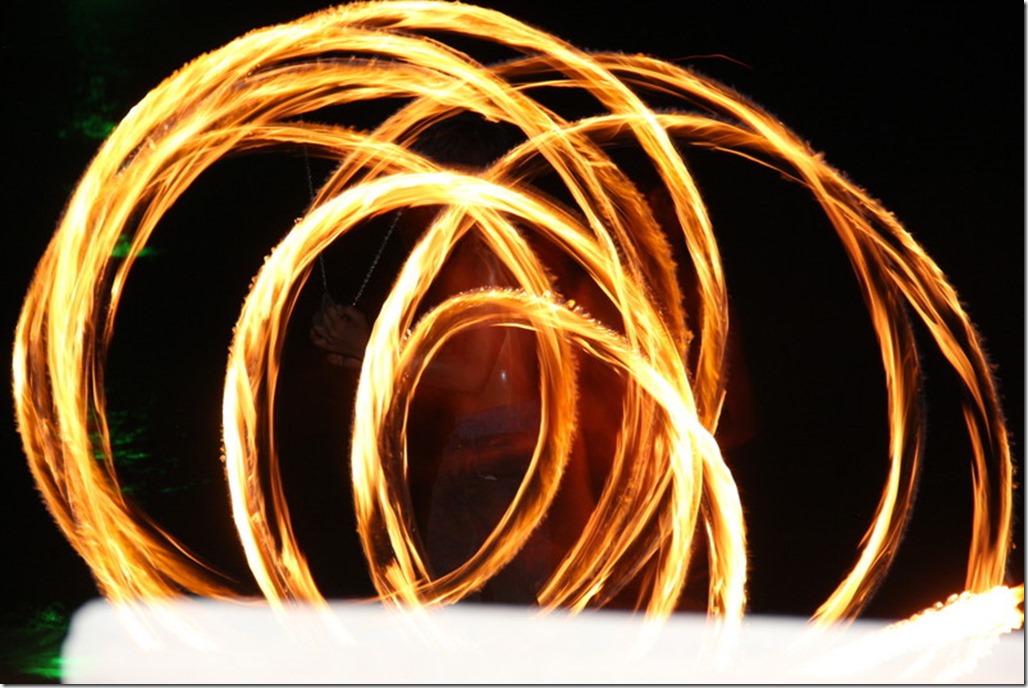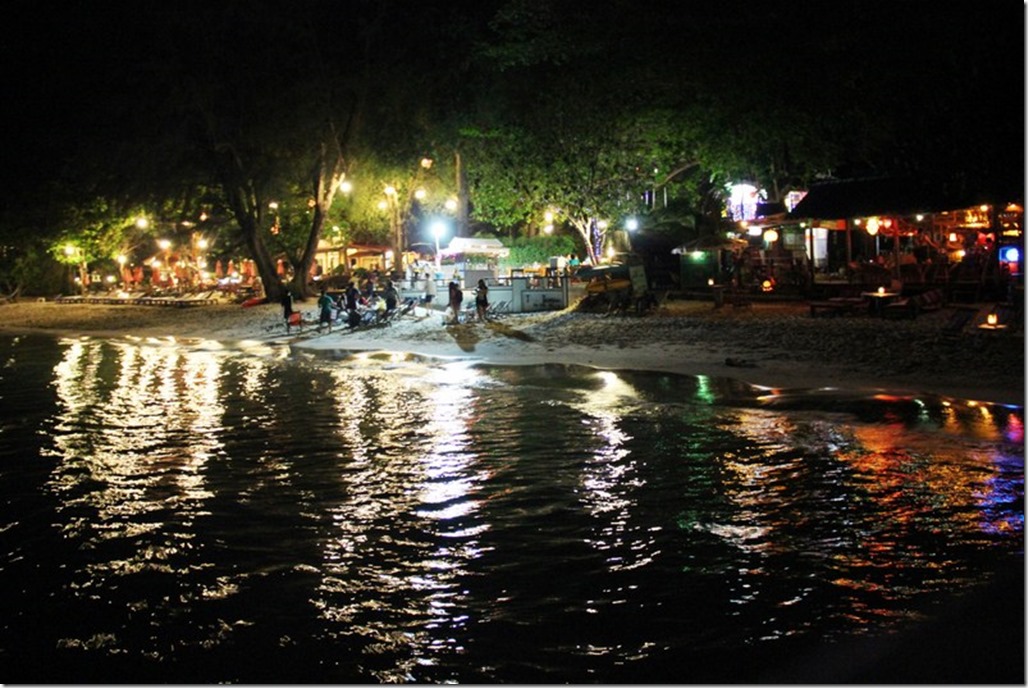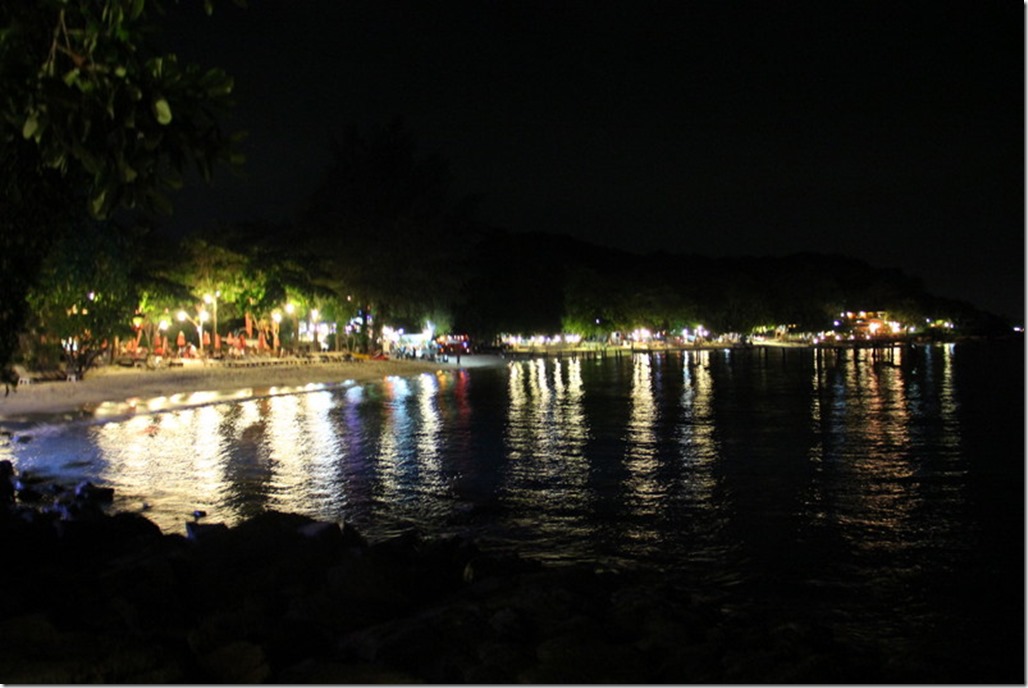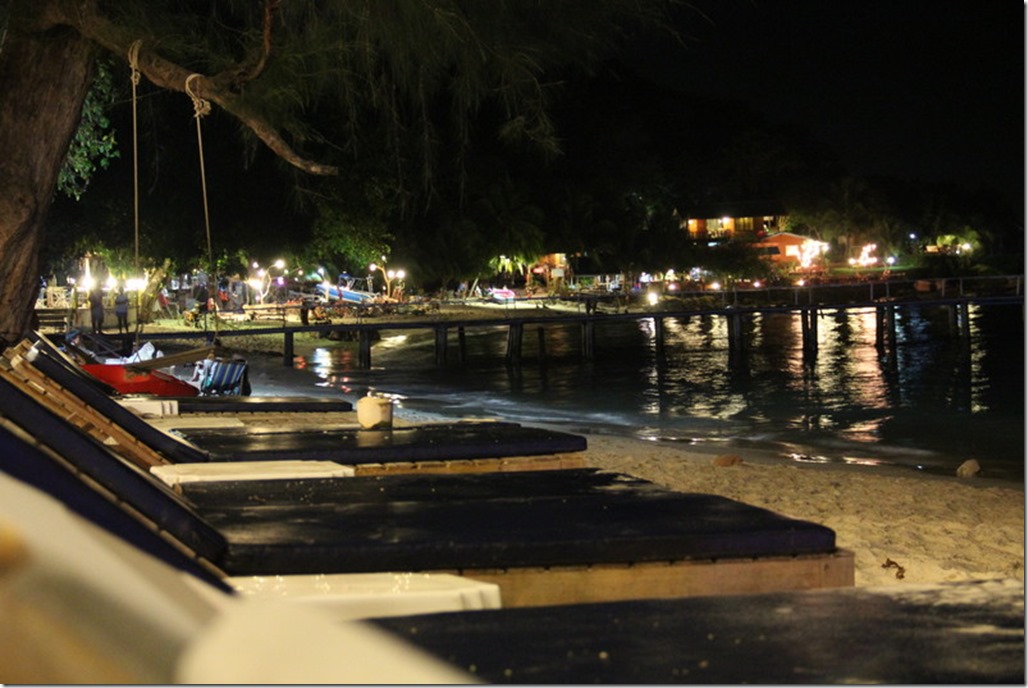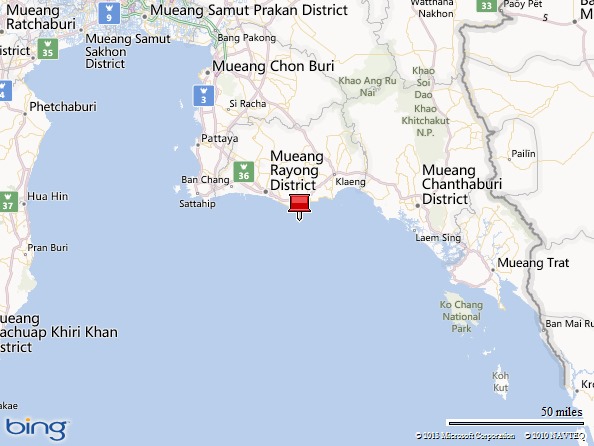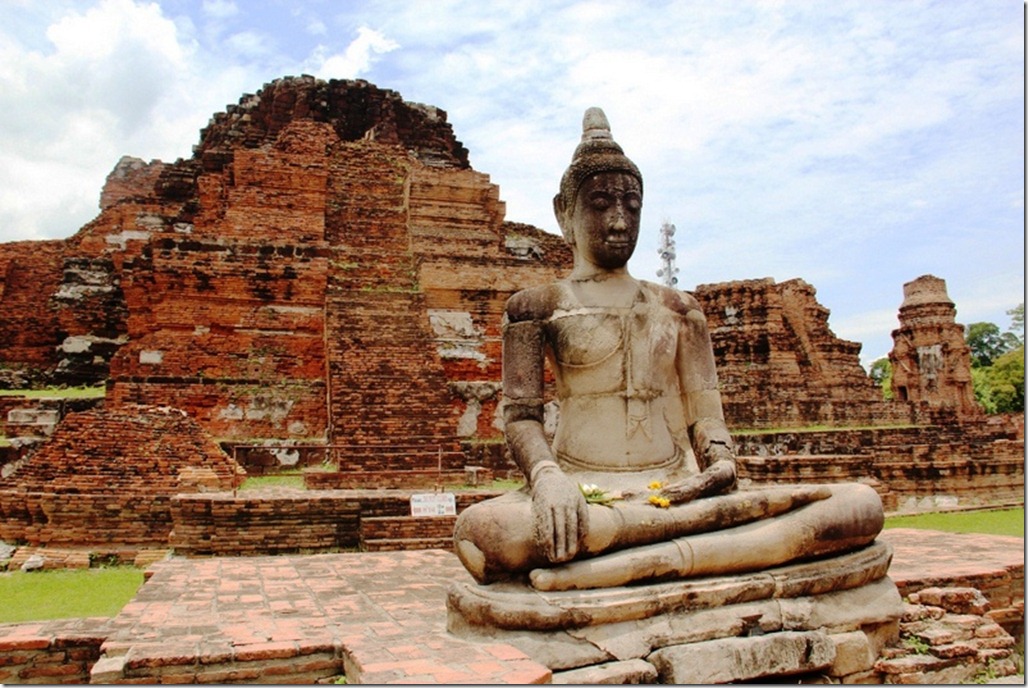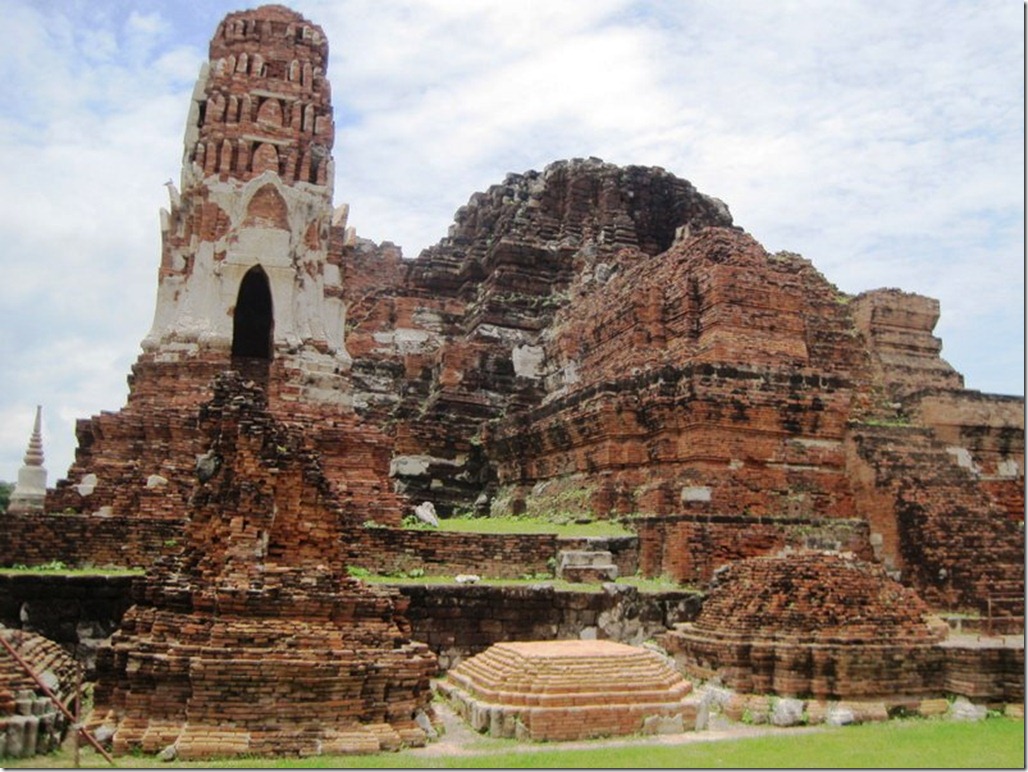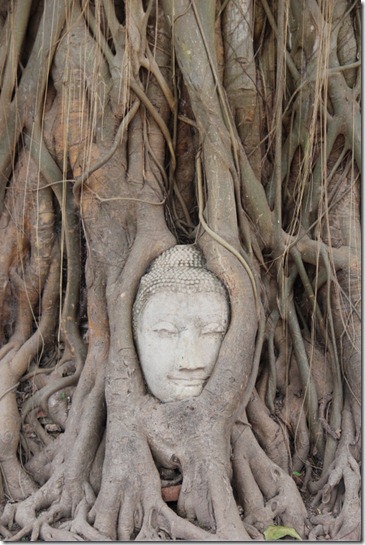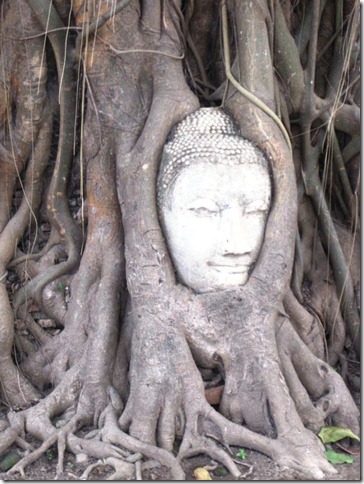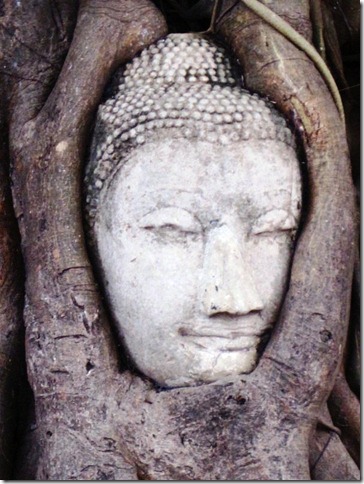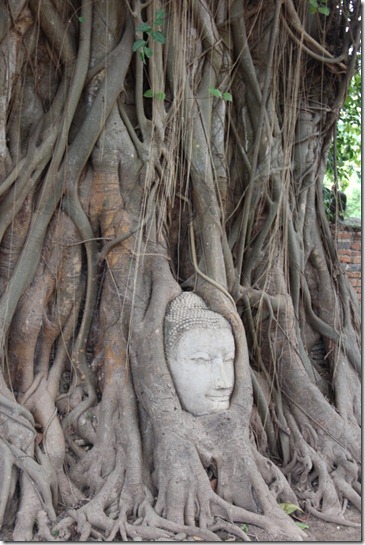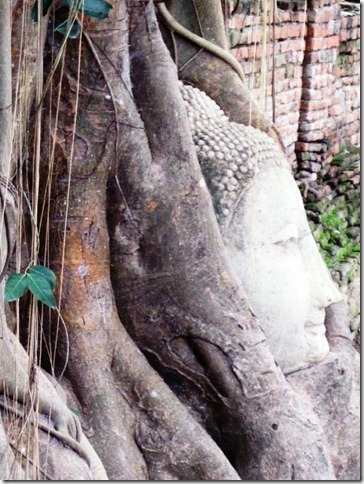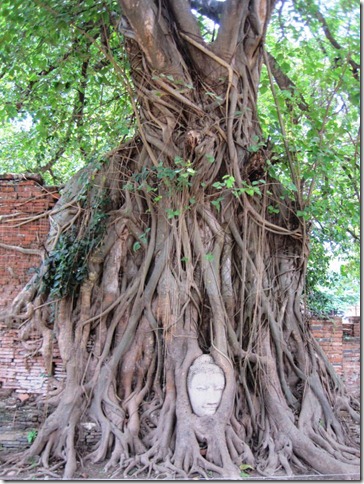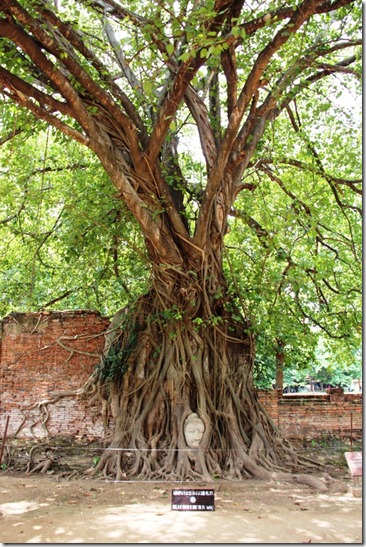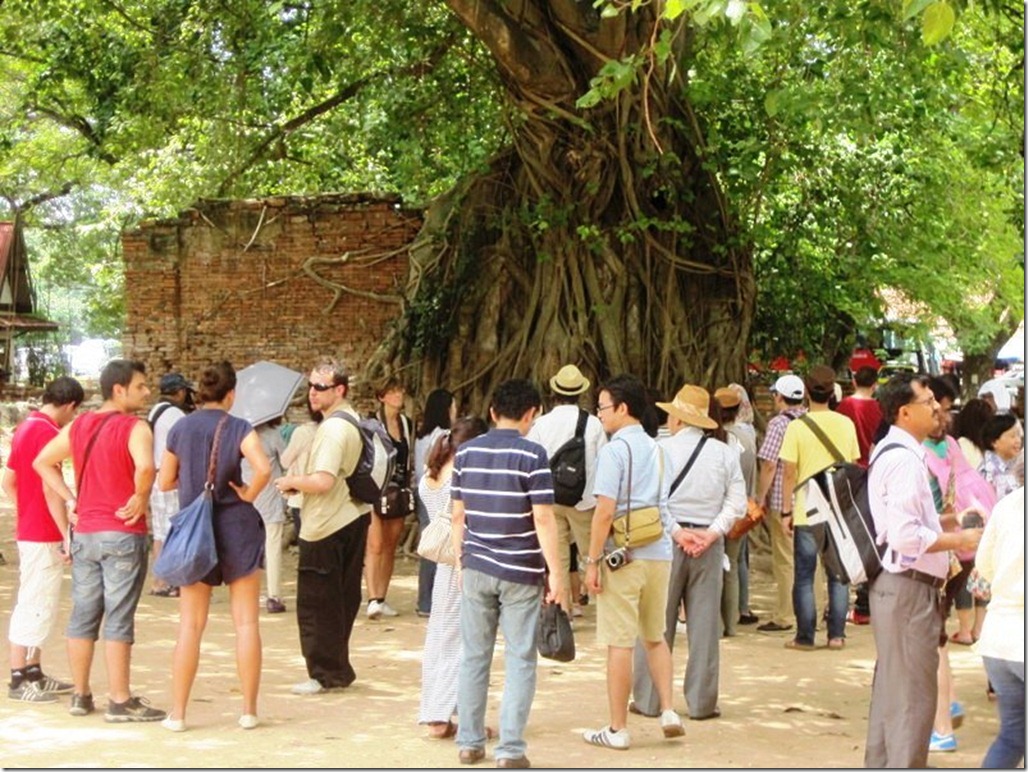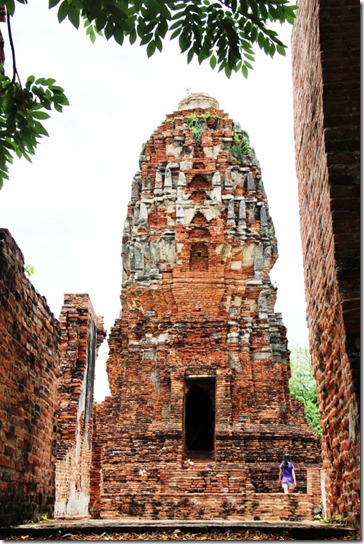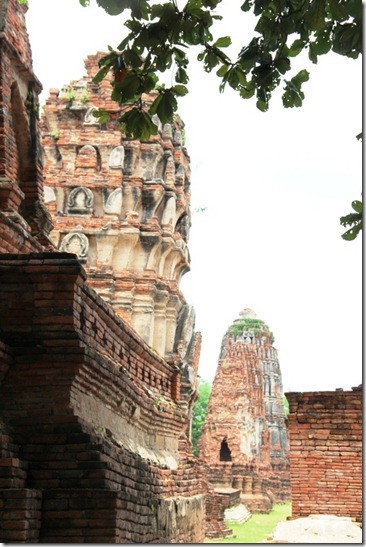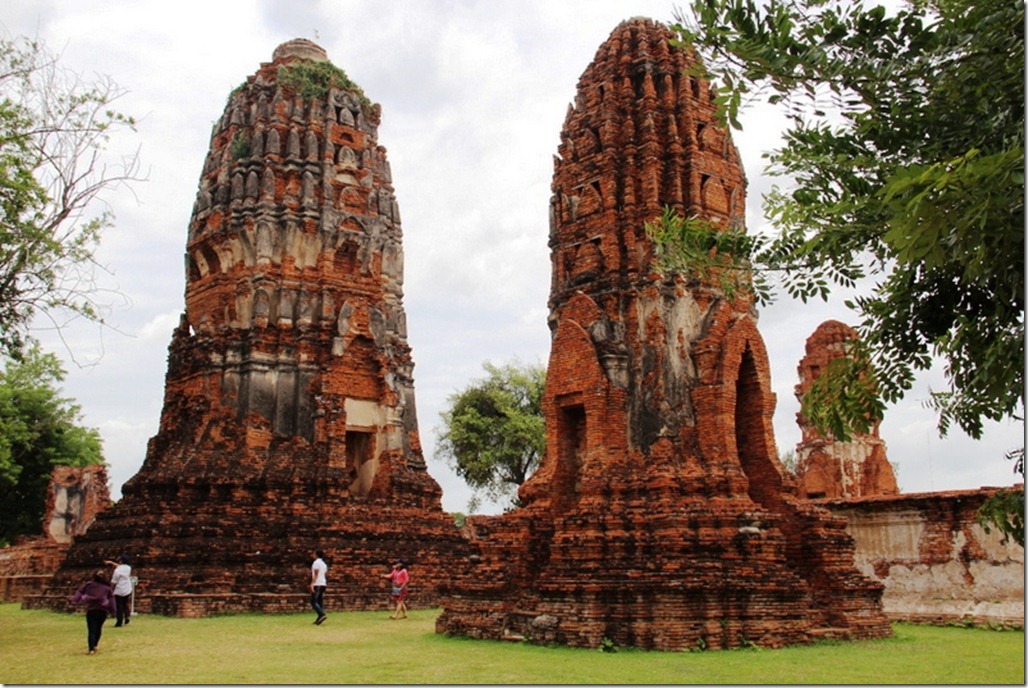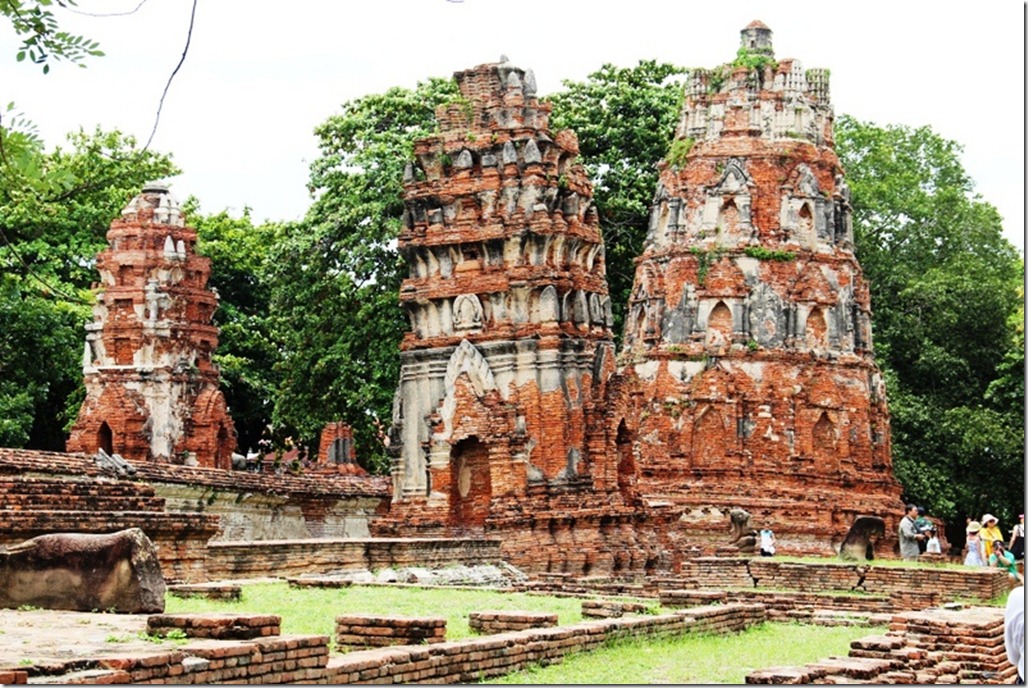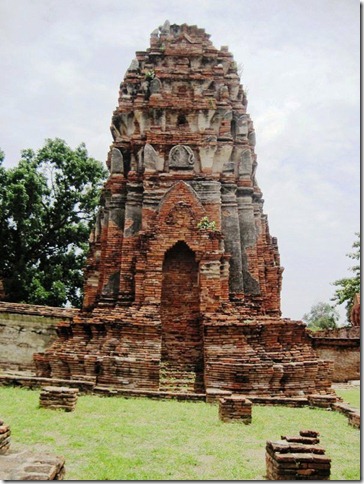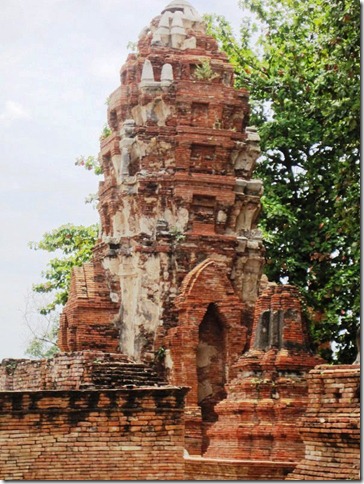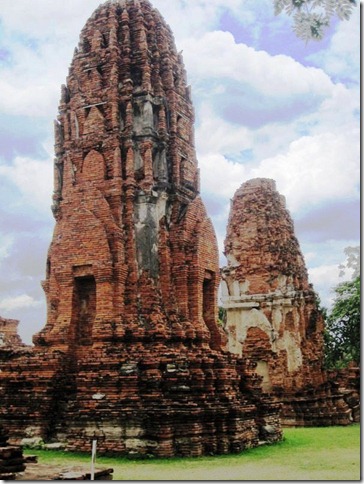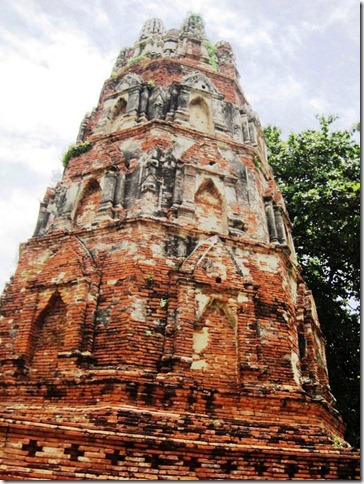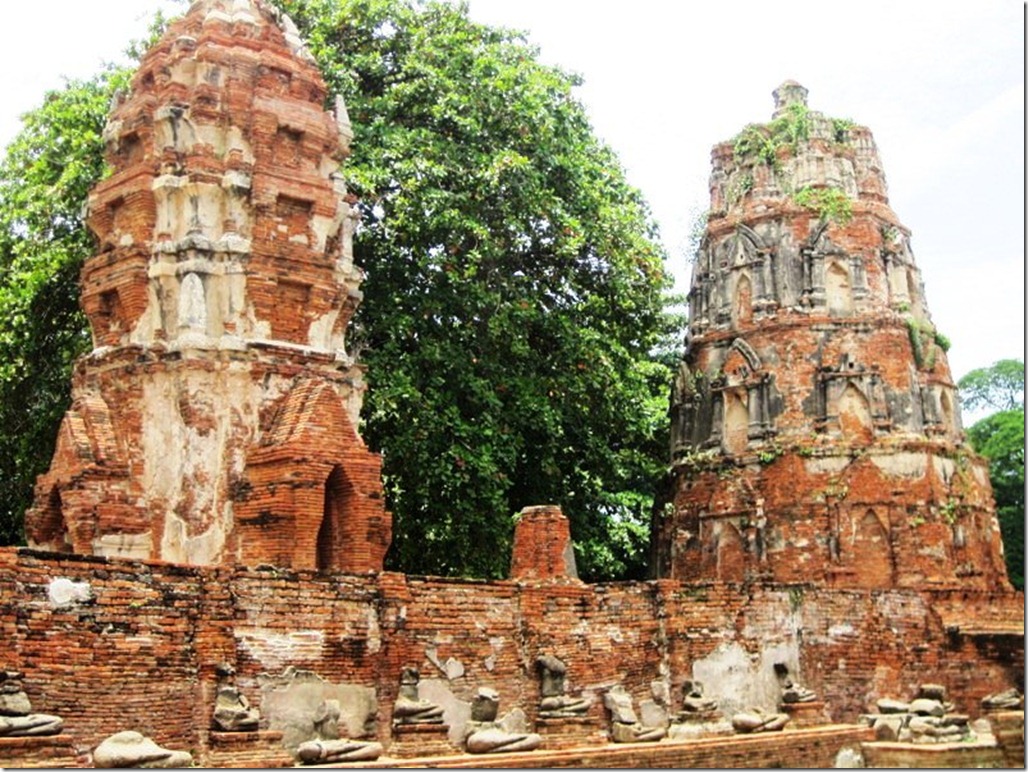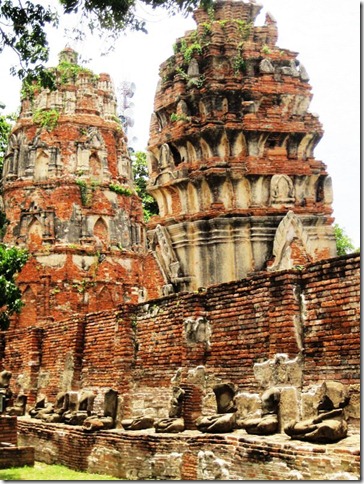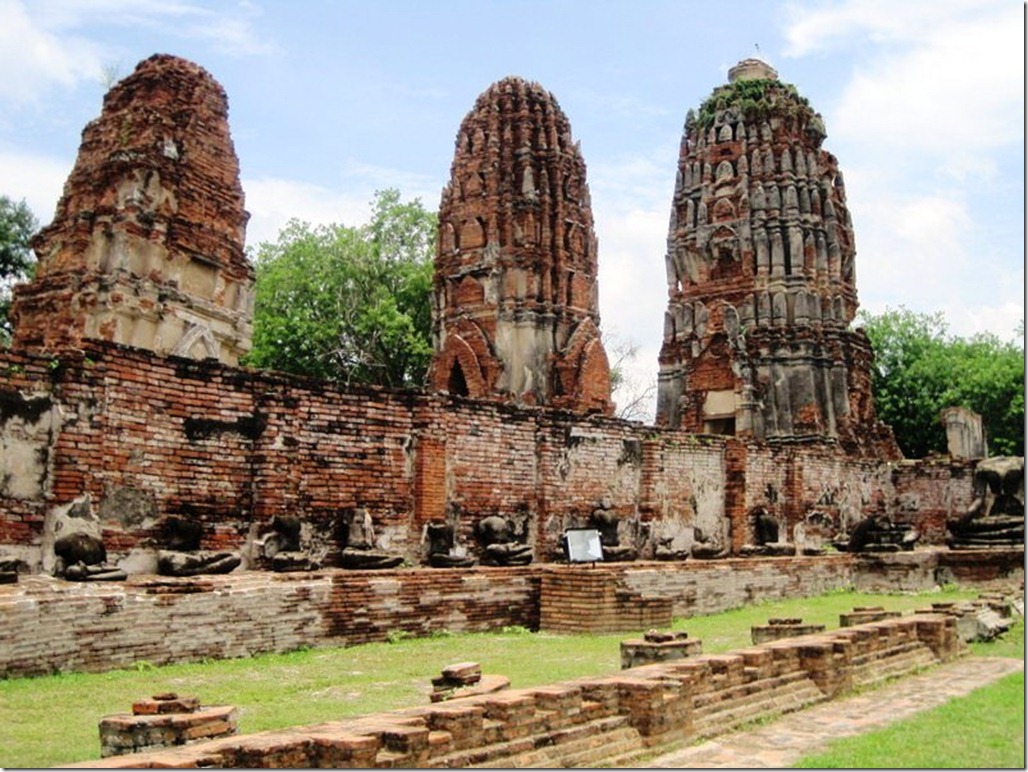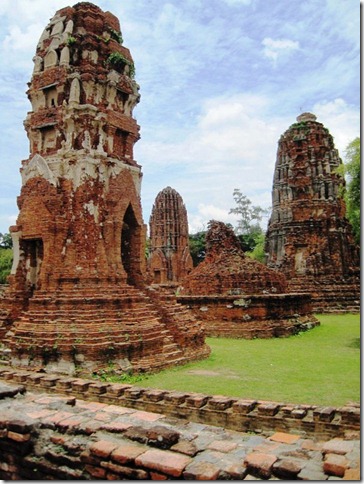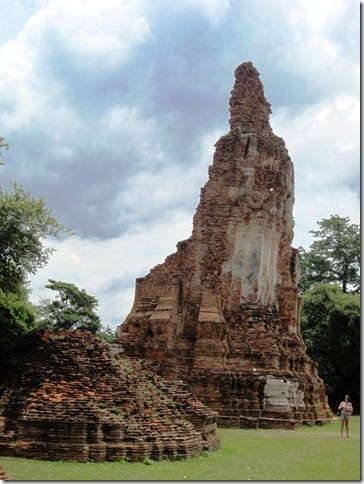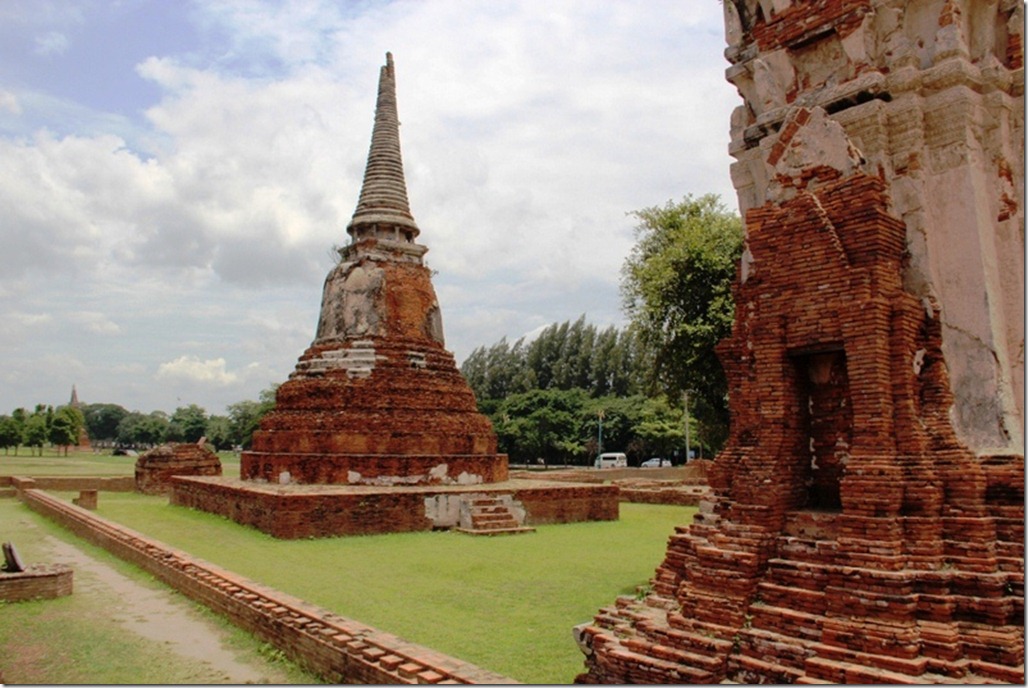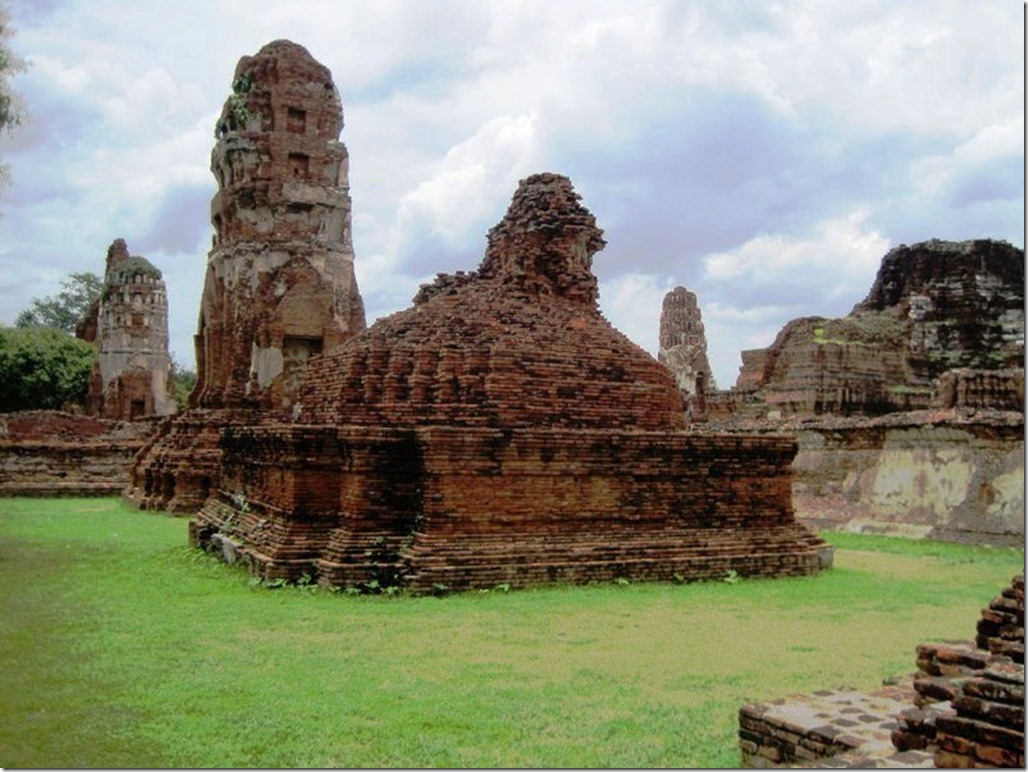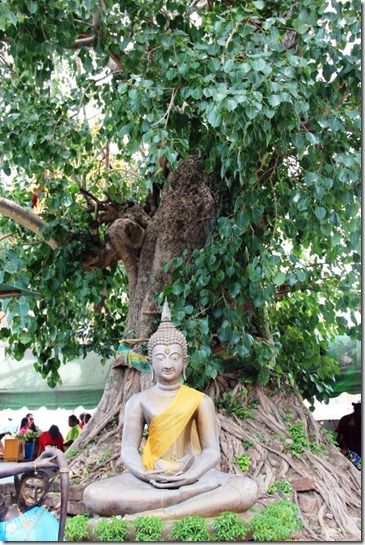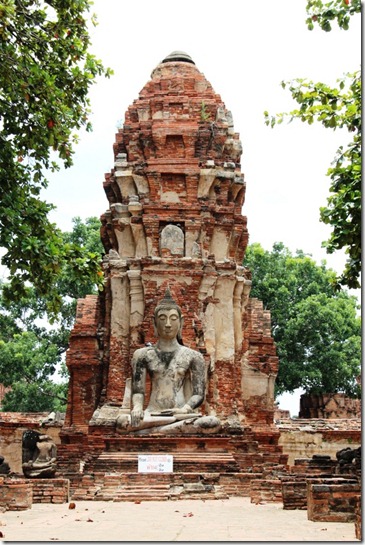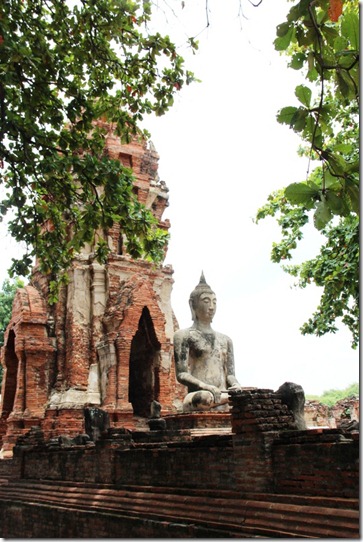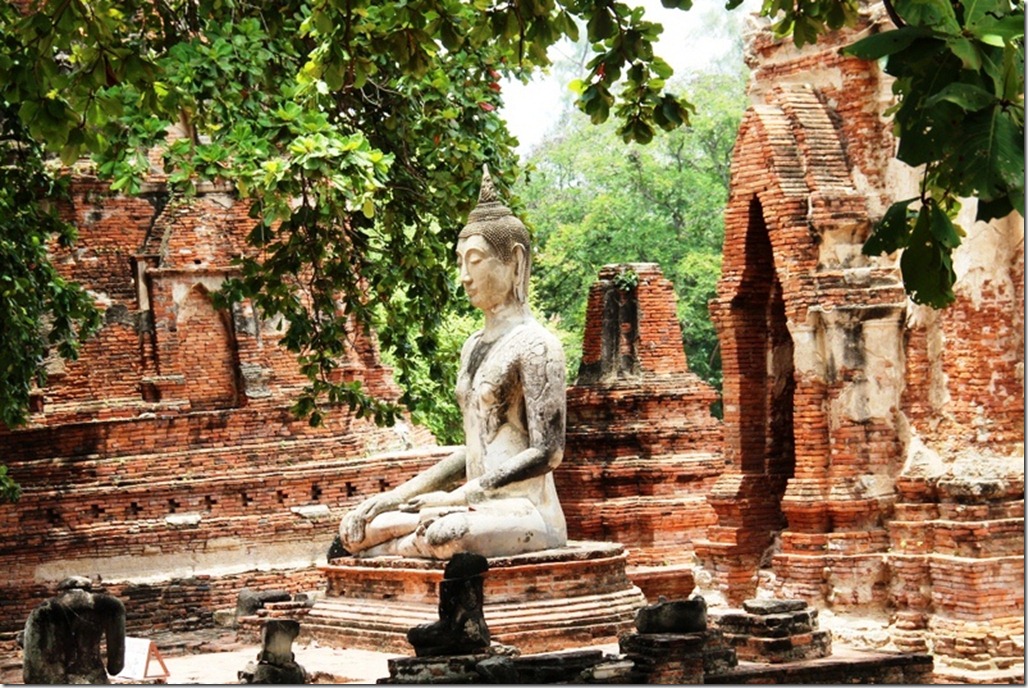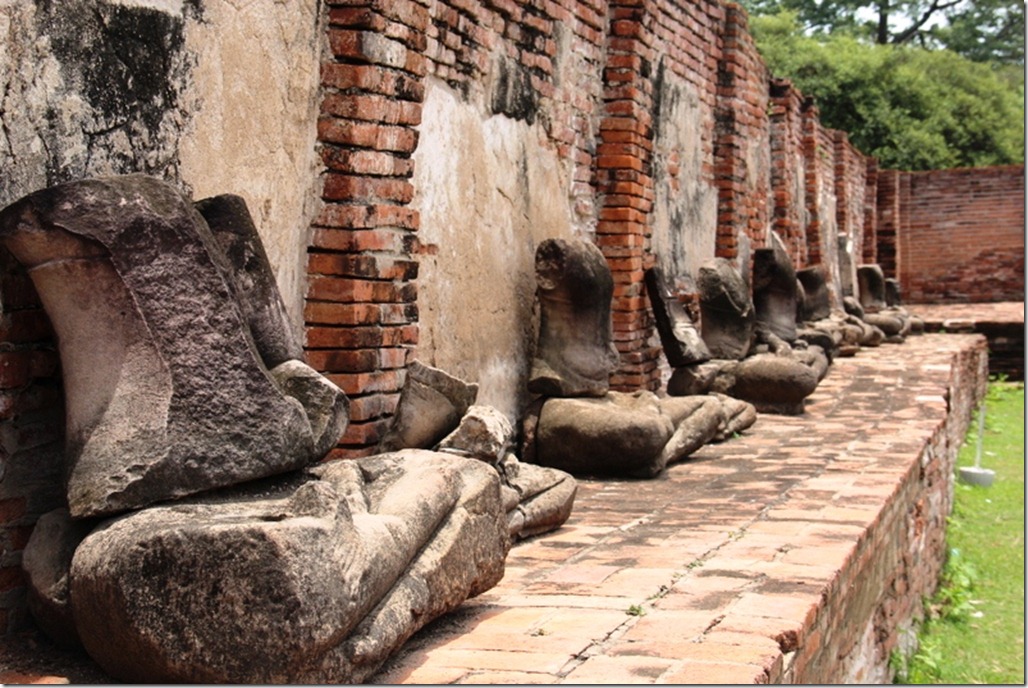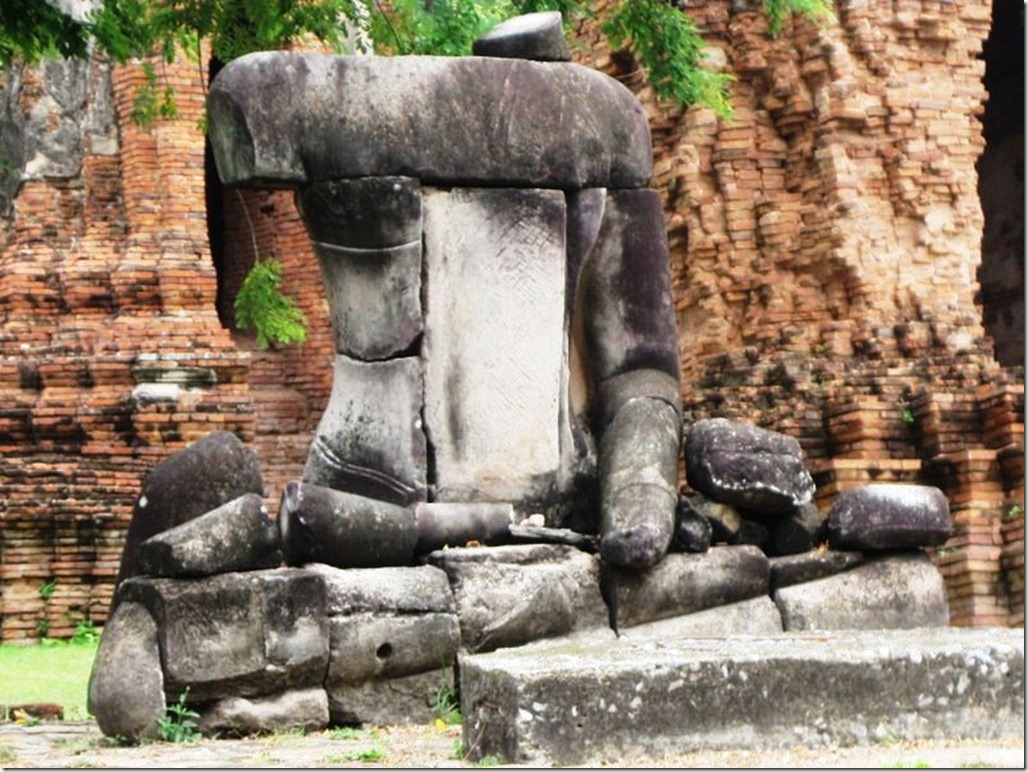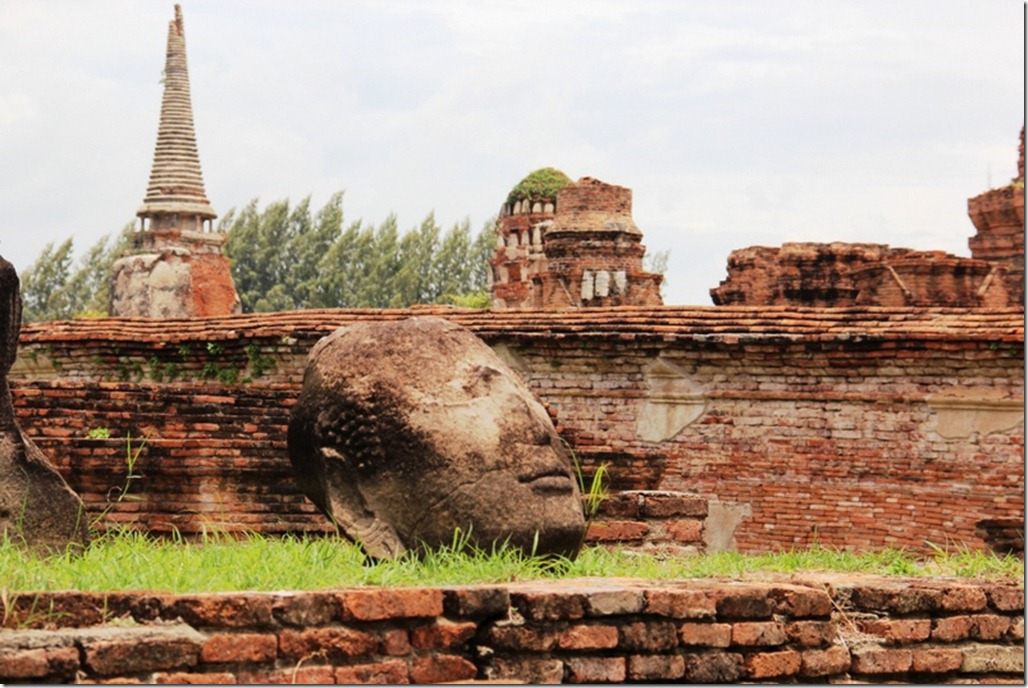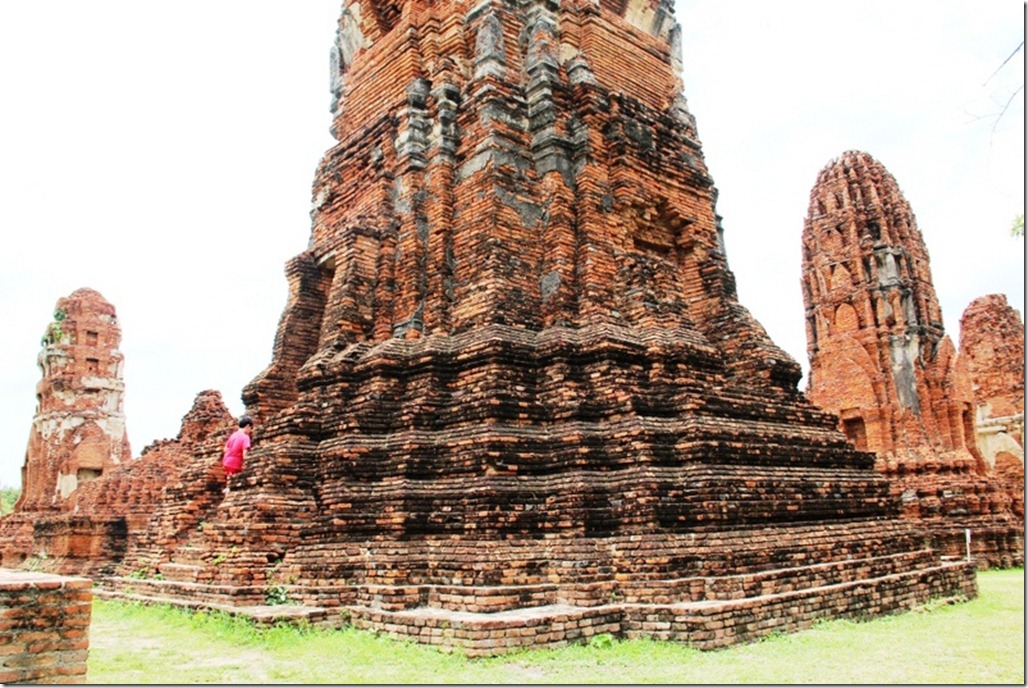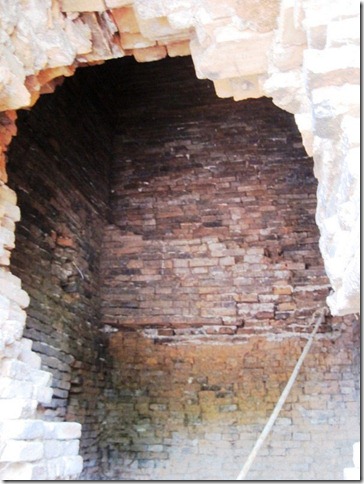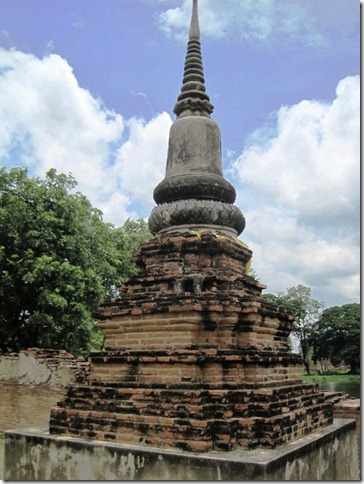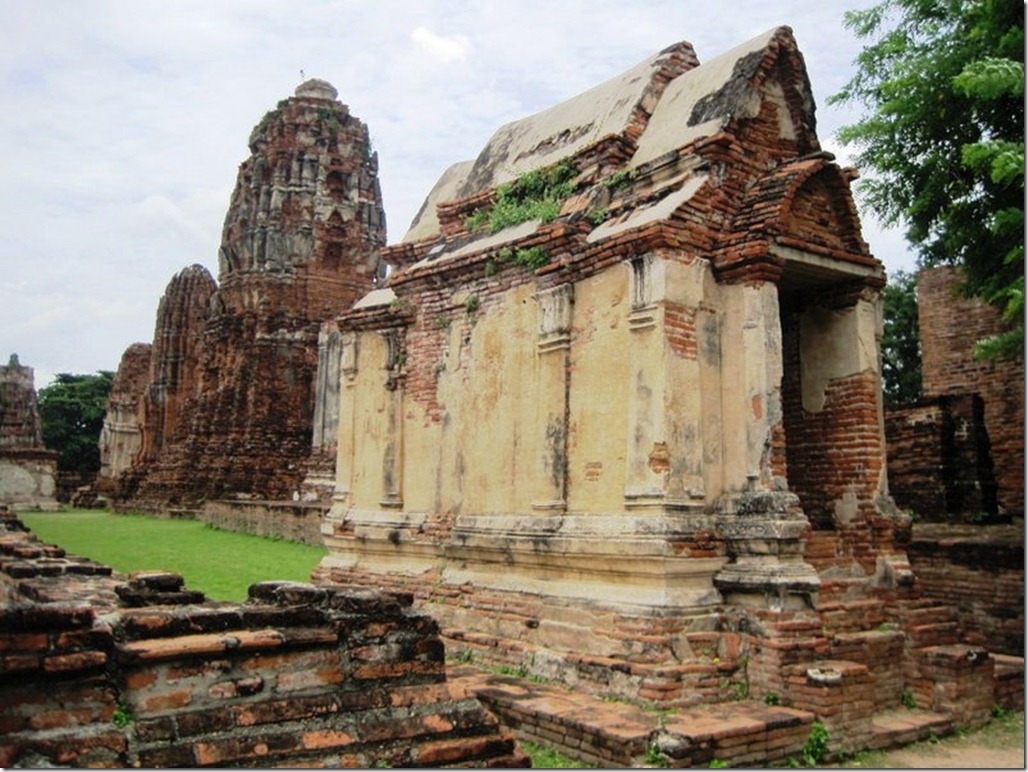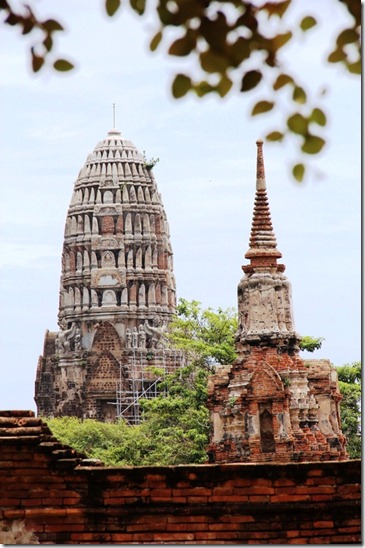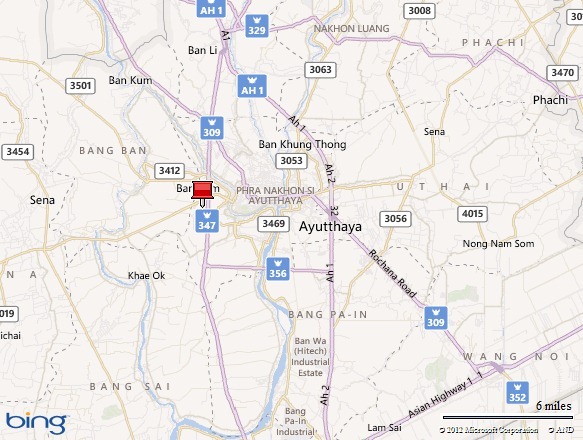Fire Dancing!
In March 2013, we enjoyed a brilliant fire dancing performance during a weekend getaway to Ko Samet, a small island off the coast of Pattaya, Thailand. Ko Samet is a three-hour drive south of Bangkok and a great overnight getaway for those visiting Bangkok or Pattaya who don’t have time in their schedule to visit more popular island destinations such as Phuket and Ko Samui.
Fire dancing originated centuries ago in Samoa, a Polynesian island in the South Pacific. The islanders of Bali, Indonesia developed the Fire Dance independently as a mystical Hindu ritual known as the sanghyang to ward off witches during epidemics. Fire dancing is now practiced around the world primarily for entertainment purposes. The Ko Samet performance we saw at our beach resort was definitely entertaining.
It’s difficult to explain in words what photos and videos could show you, so without further ado, here are some shots of fire dancing on Ko Samet. Time elapse photography created the fire rings.
Here are some photos of the beach on Ko Samet at night. What a wonderful getaway! If you visit Thailand, visit Ko Samet or one of the country’s many popular island destinations for a great beach vacation.
Here’s a video clip of the performance.
 M.G. Edwards is a writer of books and stories in the mystery, thriller and science fiction-fantasy genres. He also writes travel adventures. He is author of Kilimanjaro: One Man’s Quest to Go Over the Hill, a non-fiction account of his attempt to summit Mount Kilimanjaro, Africa’s highest mountain and a collection of short stories called Real Dreams: Thirty Years of Short Stories. His books are available as an e-book and in print on Amazon.com and other booksellers. He lives in Bangkok, Thailand with his wife Jing and son Alex.
M.G. Edwards is a writer of books and stories in the mystery, thriller and science fiction-fantasy genres. He also writes travel adventures. He is author of Kilimanjaro: One Man’s Quest to Go Over the Hill, a non-fiction account of his attempt to summit Mount Kilimanjaro, Africa’s highest mountain and a collection of short stories called Real Dreams: Thirty Years of Short Stories. His books are available as an e-book and in print on Amazon.com and other booksellers. He lives in Bangkok, Thailand with his wife Jing and son Alex.
For more books or stories by M.G. Edwards, visit his web site at www.mgedwards.com or his blog, World Adventurers. Contact him at me@mgedwards.com, on Facebook, on Google+, or @m_g_edwards on Twitter.
For more books or stories by M.G. Edwards, visit his web site at www.mgedwards.com or his blog, World Adventurers. Contact him at me@mgedwards.com, on Facebook, on Google+, or @m_g_edwards on Twitter.
© 2013 Brilliance Press. All rights reserved. No part of this work may be reproduced or transmitted without the written consent of the author.

